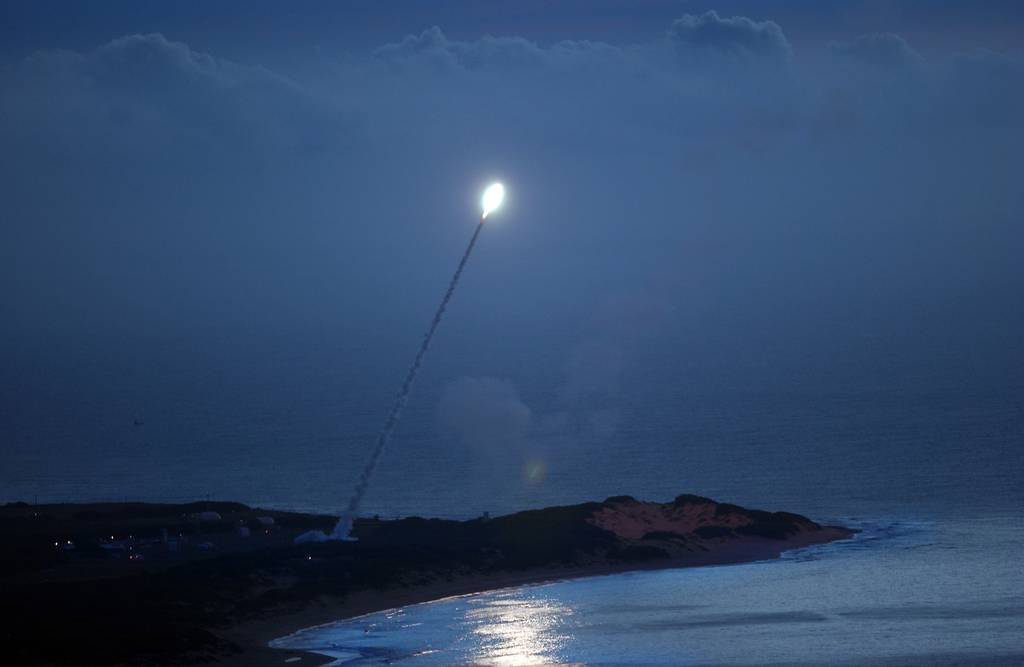WASHINGTON — The U.S. Missile Defense Agency is contending with what its director dubbed a “new frontier†of invisible threats to its mission, with foreign militaries sharpening their electronic warfare and cyber capabilties.
The MDA is tasked with developing and deploying layers of missile-killing systems to protect the U.S. as well as its deployed forces and interests abroad. Key to the assignment is detecting what’s actually incoming, calculating where it will land and quickly deciding the best means of interception, all of which is made more difficult by jamming and cyber harassment, according to Navy Vice Adm. Jon Hill.
“When I look at the future, and I think about the problems we face, beyond all of those different trajectory types and warhead types, for me it becomes the electronic attack and protection side of the house,†he said at a March 24 event hosted by the Center for Strategic and International Studies think tank. “We have to make sure we are as resilient as possible. We’ve been working on the cyber aspects.â€
Electronic warfare is a fight for control of the electromagnetic spectrum, relied upon for communications, situational awareness, weapons guidance and more. The Defense Department is attempting to rebuild its related arsenal after decades of post-Cold War atrophy and years spent in the Middle East fighting less technologically-savvy forces.
RELATED

Hill on Friday said the constellation of threats that exists and continues to evolve today is a far cry from previous years. Adversaries “have really upped their game in this area,†he said, “which means you have to up your game in defense, which also means it’s harder.â€
Both China and Russia, the top national security hazards, according to U.S. officials, are developing advanced missiles that can be launched from the air, ground and sea as well as below the waves. And newer systems take advantage of decoys and other countermeasures to hide and misdirect, ultimately boosting survival rates.
“The future is how do you deal with these different kind of attacks we’ll have on the system, that are beyond just jamming,†Hill said. “It’s going to be hard.â€
The MDA for fiscal 2024 requested nearly $11 billion, up from its ask of $9.6 billion in 2023 and $8.9 billion in 2022.
The budget blueprint has $346 million for what the MDA this month called “flight, ground and cybersecurity testing.†It also allocates $39 million to continue innovation, science and technology programs meant to “explore leap-ahead and disruptive technologies†that can be folded into missile defenses.
Colin Demarest was a reporter at C4ISRNET, where he covered military networks, cyber and IT. Colin had previously covered the Department of Energy and its National Nuclear Security Administration — namely Cold War cleanup and nuclear weapons development — for a daily newspaper in South Carolina. Colin is also an award-winning photographer.








